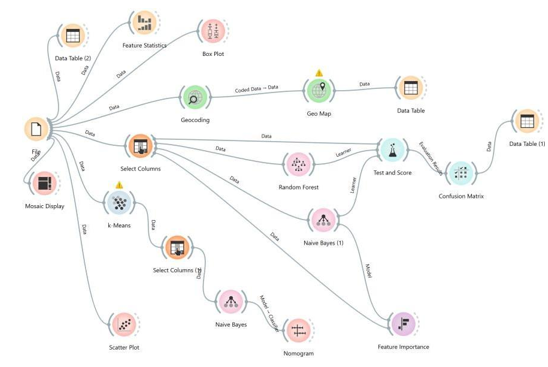Patterns and Factors Determinants in Cases of Missing Persons in Ecuador
Main Article Content
Abstract
In Ecuador, the problem of disappearances presents an alarming profile that requires deep and multidimensional analysis. This study examines 6,874 cases registered during 2024 using Orange Data Mining, specialized data analysis software, to detect demographic, geographic, and temporal patterns. The findings reveal a resolution rate of 82.1%, with significant fluctuations between regions and population groups. Women represent the most vulnerable group to disappearances, while men who are not located present a higher probability of fatal outcomes. The provinces of Pichincha and Guayas concentrate 46% of the analyzed cases. The study implements a neutrosophic multicriteria model to evaluate the inherent uncertainty in the data, allowing a more robust analysis of fuzzy and indeterminate factors present in disappearance cases. The average age range of affected individuals is 24 years, with a predominance of adolescents. The identified critical period spans from June to September, where causes such as human trafficking and sexual abuse show higher incidence. Evidence-based intervention strategies are proposed, including early warning systems, differentiated protocols by risk profile, and specific preventive programs for adolescents, supported by neutrosophic logic to handle uncertain variables in institutional decision-making.
Downloads
Article Details

This work is licensed under a Creative Commons Attribution 4.0 International License.

